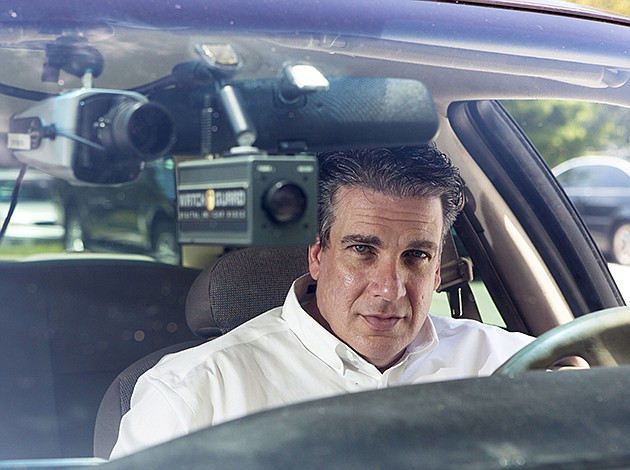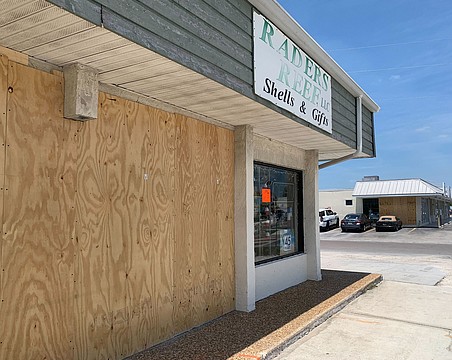Following 9/11, New York venture capitalist John Chigos decided to take some time off. He wanted to figure out what he could do to make his career more meaningful.
During this break from work, Chigos was driving when a person cut him off and forced him into a ditch. Chigos tried to catch the license plate before the car sped away, but “it was impossible,” he says. So he called his patent attorney and told him they had to get to work to find a way to solve this problem.
He began to research how law enforcement identifies vehicles to track criminals and prevent terrorist attacks. In the first few minutes of a ride along with a police officer, Chigos watched as the officer approached a truck that was swerving down the highway. The officer radioed in the plate number and tried to contain the vehicle. More than 18 minutes later, they found out the driver was wanted for attempted homicide.
Realizing how lucky it was that no one was injured approaching an unknown vehicle, Chigos quickly realized his calling: license plate recognition technology, commonly referred to as LPR.
Chigos's technology, which officially went to market a year ago, uses a picture of a license plate to cross reference everything from national criminal records to local databases in 70 milliseconds. The PlateSmart recognition technology and video analytics system has been adopted by college campuses, military bases, hospitals, research institutions, a fashion designer and government agencies. The software can be easily integrated with whatever cameras or surveillance system a company or agency already owns, including Samsong, Axis and Panasonic, among others.
Building the technology cost more than $10 million, but according to Chigos was “minimal” compared to investments made by competitors. As a former venture capitalist, Chigos rounded up some investors to help fund the technology, in addition to his personal investment. The PlateSmart technology is manufactured by Chigos's Oldsmar-based Cyclops Technologies, which has grown from one to 22 employees, ranging from mathematicians, to software developers to former law enforcement.
Chigos debuted the beta version of PlateSmart at the Republican National Convention in 2012. In February 2013, the technology received its biggest endorsement from the Undersecretary of the Navy.
Within three weeks of the endorsement, the Naval Criminal Investigative Service (NCIS) awarded PlateSmart a sole source contract. Other notable clients include the University of San Diego, Clearwater Police, Adventist Group Hospital and The Port of Tampa Bay.
According to a company release, a local police agency monitoring the Tampa Bay AirFest at MacDill Air Force Base caught almost 200 traffic and criminal offenders during the event using PlateSmart.
At times Chigos feels he should have gone straight to Silicon Valley, because it was difficult to raise money during his initial development in Florida in 2008.Though he declined to share revenues, this year Chigos expects to sell 15 times what he did in 2013. John Hill, an investment banker for Hyde Park Capital, is leading efforts in raising an additional $10 million capital, to help the company continue to build additional capability.
The PlateSmart technology is unique from many of its competitors who started in Europe and have struggled to read U.S. license plates with different backgrounds and pictures.
Chigos says his biggest challenge is convincing the public that license plate recognition is not an invasion of privacy. “The public fear of LPR is misplaced,” he says. “The data is never available to anyone other than the agency using it.” The technology only tracks plates with an outstanding warrant or misdemeanor. “Unless you show up in the database, (law enforcement) won't stop you,” Chigos adds.
PlateSmart can be a valuable tool when tracking Amber alerts or the number of times a car has circled a secure building. With 90% accuracy, a police officer receives an alert when a flagged plate drives by, and has to verify that the plates in the system match the picture before following up on the request. “We provide the first line of protection, first line of information,” Chigos says. “License plates are specific to cars and typically specific to people.”
Thirteen years after his break from work, Chigos feels he's found the meaning he was seeking in his work.
“We have a responsibility, this is what our job is,” he says. “We need to help those people who help us.”






